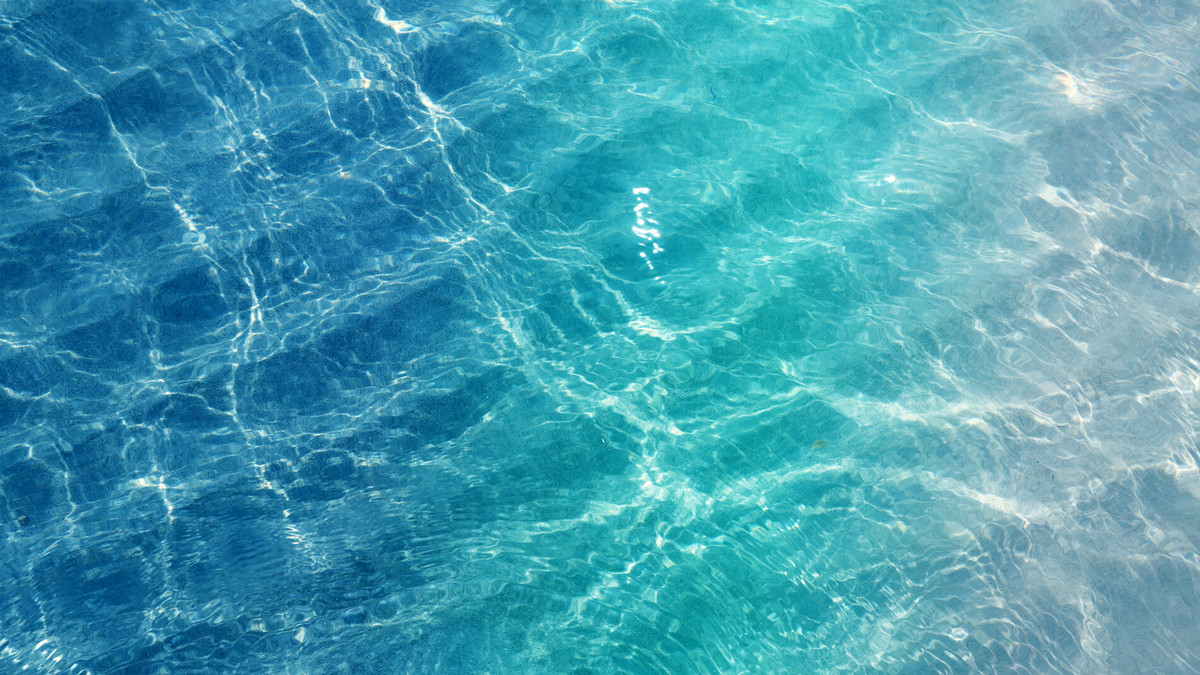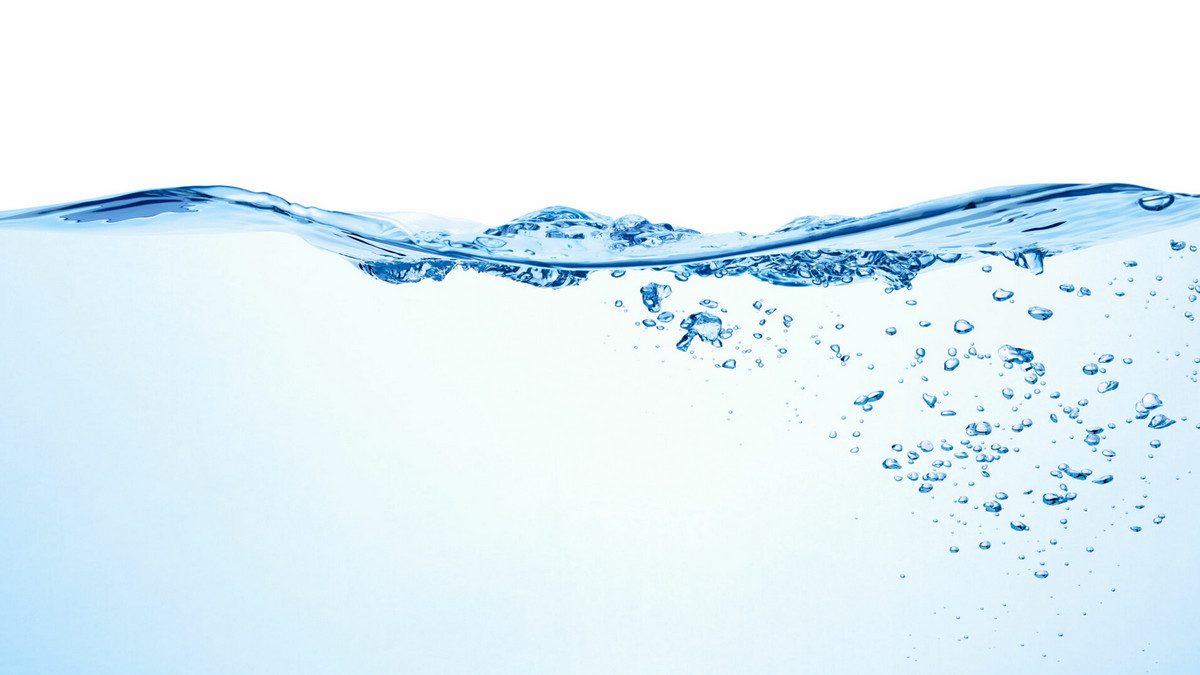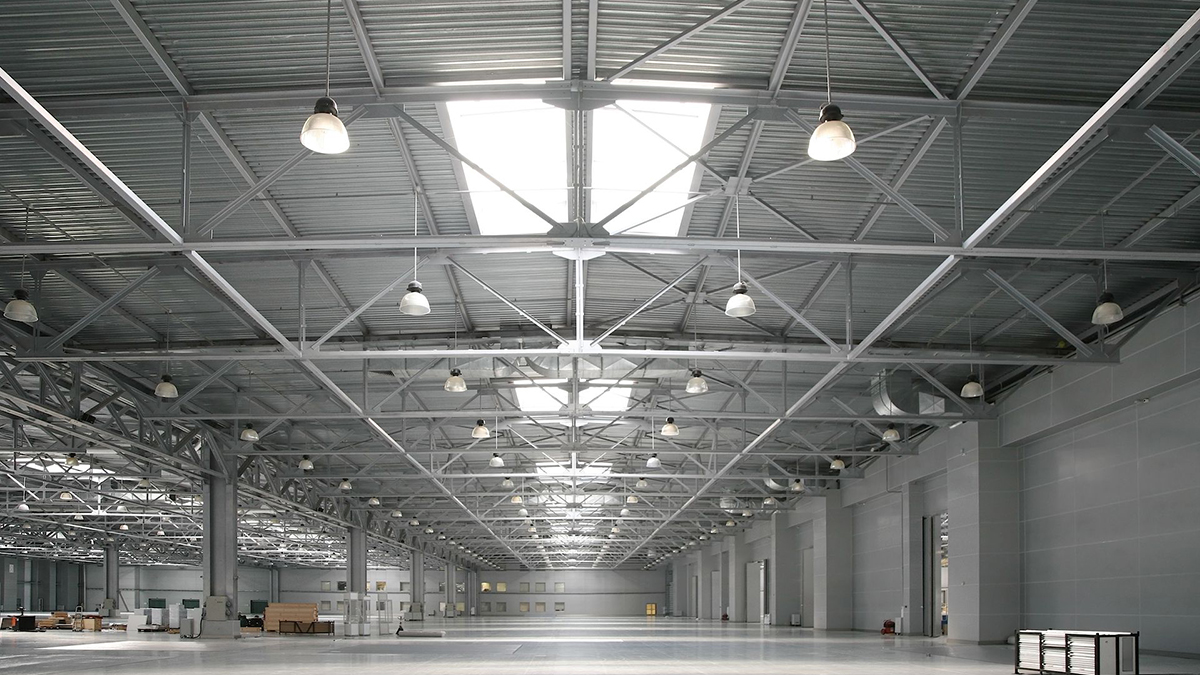Reverse Osmosis (RO) membranes have long been recognized as one of the most effective solutions for filtering water, providing clean and purified water for both residential and industrial applications. Originally developed in the 1950s for desalination, RO technology gained widespread acceptance due to its ability to remove contaminants at the molecular level. As concerns over water quality continue to rise, RO filter systems have become a fundamental component in providing safe drinking water, desalinating seawater, and supporting various industrial processes.
Benefits of RO Membranes for Water Filtration
RO membranes remove a wide range of contaminants, including dissolved salts, bacteria, viruses, heavy metals, and other impurities. The advantages of using RO membranes in filter systems include:
• High Efficiency: RO membranes remove up to 99% of dissolved solids and contaminants, ensuring superior water quality.
• Versatile Applications: They are widely used in residential, commercial, and industrial settings, including water purification plants, food processing, and pharmaceutical industries.
• Improved Taste and Safety: By filtering out unwanted substances, RO systems enhance the taste, odor, and safety of drinking water.
• Eco-Friendly: RO systems reduce dependency on bottled water, thereby minimizing plastic waste.
What an RO Membrane Actually Looks Like
The term “RO membrane” can have two meanings. “RO membrane” can refer to the thin, semi-permeable membrane that is coated on the surface of a sheet composed of multiple thin layers (usually made of a polymer-based material), forming a sandwich-like structure. However, in water filter applications, “RO membrane” usually refers to a tube that contains a long sheet of this membrane material, wrapped in a spiral-wound configuration around a central tube. From now on, we will use "RO membrane" to refer to this spiral-wrapped tube.
As water flows into the tube, mesh spacers between the sheets allow water to flow evenly across the membrane surface. Water that flows through the layers of membrane sheets then moves between spacers in a spiral pattern toward the central tube, where it collects and flows out of the RO membrane tube. Surrounding this spiral-wrapped membrane sheets and spacers is an outer layer made of a tough material that holds everything together.
Materials and Manufacturing of RO Membrane Sheet Material
RO membranes are typically composed of multiple layers of thin-film composite (TFC) materials. These layers are:
• Polyamide Layer: This layer is the thin-film composite (TFC) surface of the membrane, specifically engineered for its selective permeability properties. The polyamide layer acts as the barrier that selectively allows water molecules to pass through while blocking larger molecules and ions like salts.
• Polysulfone Layer: The polysulfone layer serves as a support layer beneath the thin polyamide. Its function is structural; it provides mechanical strength and support to the thin polyamide layer but does not play a direct role in the rejection of salts..
• Polyester Support Layer: Positioned beneath the polysulfone layer and the polyamide active layer, the thicker non-woven polyester fabric layer serves as a backing for the membrane structure, providing additional mechanical support and stability to maintain its structural integrity.
Types of RO Membranes
RO membranes are designed for different applications, each optimized for specific filtration needs:
1. Drinking Water RO Membranes – These membranes are commonly used in home and commercial filtration systems to remove impurities such as chlorine, fluoride, lead, and arsenic. They ensure that drinking water is clean, safe, and great-tasting.
2. Desalination RO Membranes – Used in large-scale seawater and brackish water desalination plants, these membranes remove high concentrations of salt and other dissolved solids, making seawater suitable for consumption and industrial use. They operate under much higher pressure then drinking water membrane, usually at 1,000psi or more. They are ideal for coastal areas and regions with limited freshwater resources.
3. Industrial RO Membranes – These membranes are used in industries such as food and beverage, pharmaceuticals, and power generation, where ultra-pure water is required.
The RO Filter System Process
The reverse osmosis (RO) filtering process typically involves multiple stages to ensure optimal water quality.
Pre-Filtration Stage
To protects the RO membrane, a sediment pre-filter removes dirt, rust, sand, and other large suspended particles that could clog or degrade the membrane. An activated carbon filter then adsorbs chlorine and other chemicals that could degrade the membrane, reducing its effectiveness.
Pressure Creation
Reverse Osmosis works by applying pressure greater than the natural osmotic pressure to push water through the semipermeable membrane. If the pressure of the incoming water is too low, a booster pump may be used to create enough pressure to force water through the RO membrane against its natural osmotic flow, maximizing efficiency and preventing excess water wastage.
RO Membrane Filtration (Main Filtration Process)
As water is pushed through the membrane, pure water molecules pass through to the clean side. Contaminants such as salts, heavy metals, bacteria, viruses, and dissolved solids are rejected and flushed out as wastewater (brine). This stage can remove up to 99% of dissolved solids, bacteria, viruses, and harmful chemicals.
Post-Filtration Stage
Water quality can be enhanced by removing residual contaminants, and balancing pH. A post carbon filter (Taste and Odor Filter) polishes the water by removing any remaining tastes or odors. A remineralization filter adds essential minerals (e.g., calcium, magnesium) to improve taste and balance pH. Some systems use ultraviolet (UV) light to kill any residual bacteria or viruses that might have survived earlier filtration stages.
Storage and Delivery
In traditional RO systems, purified water is stored in a pressurized storage tank, allowing instant access when the faucet is turned on. Some modern RO systems are tankless, using an on-demand filtration system that provides water instantly when needed.
Wastewater (Brine) Disposal
RO system produces wastewater as part of the purification process, typically at a waste-to-pure water ratio of 3:1 or 4:1. Concentrated contaminants are flushed to a drain to prevent membrane clogging.
Best Practices for Using RO Membranes
To avoid damage to the membrane and maintain optimal filtration efficiency, users should replace filters and membranes according to the manufacturer’s recommendations. Water pressure should be monitored to ensure that the system operates at the correct pressure levels and avoids damaging the membrane. RO membranes are not designed to handle hot water, as it can damage their structure.














